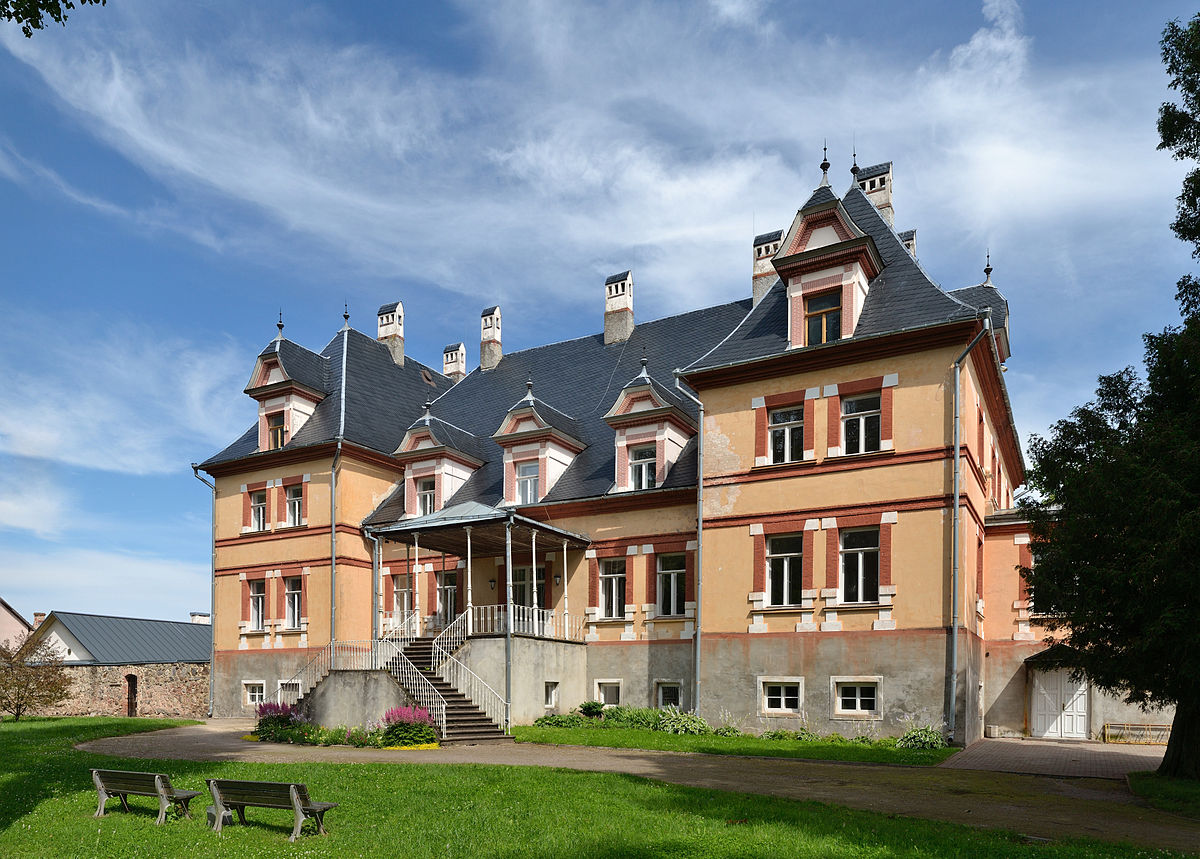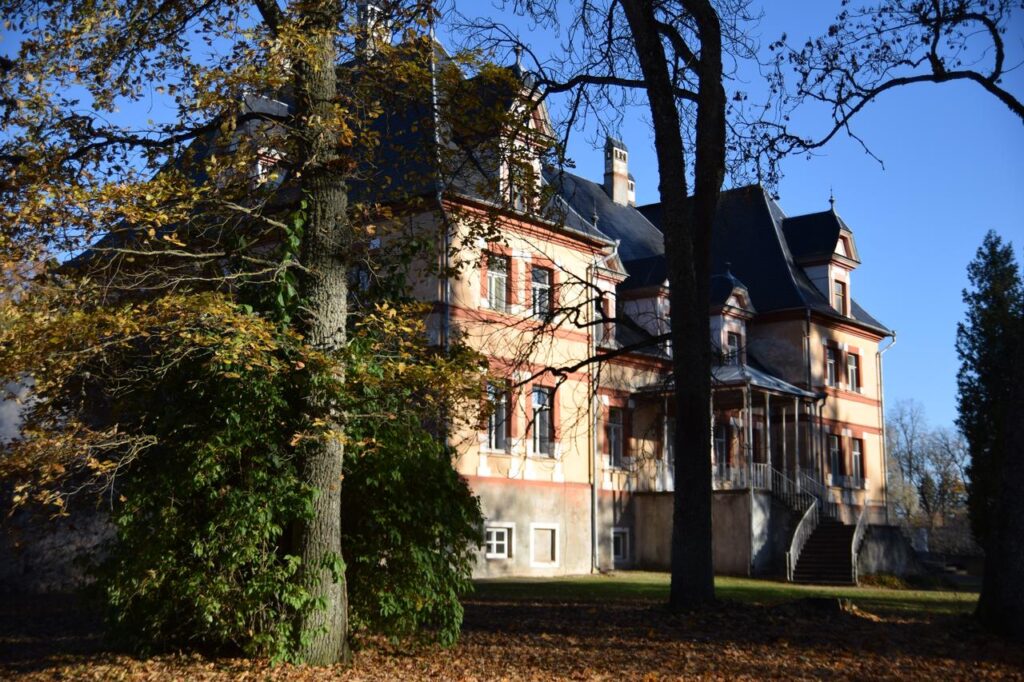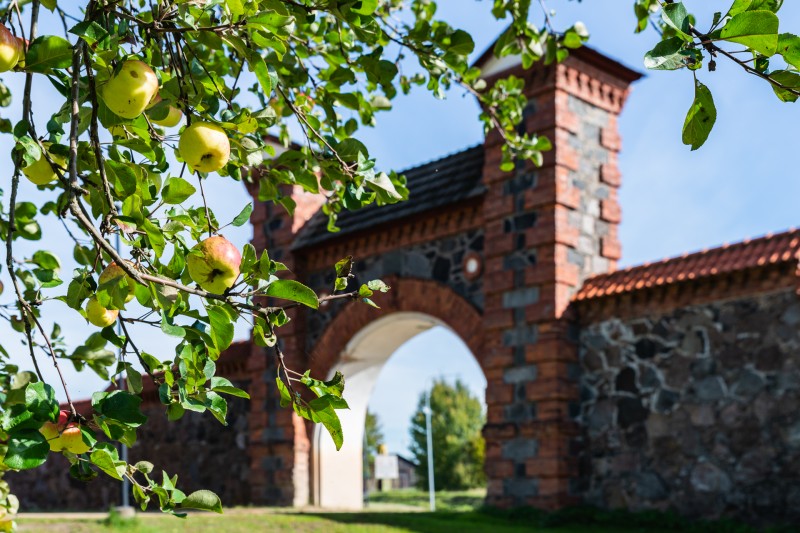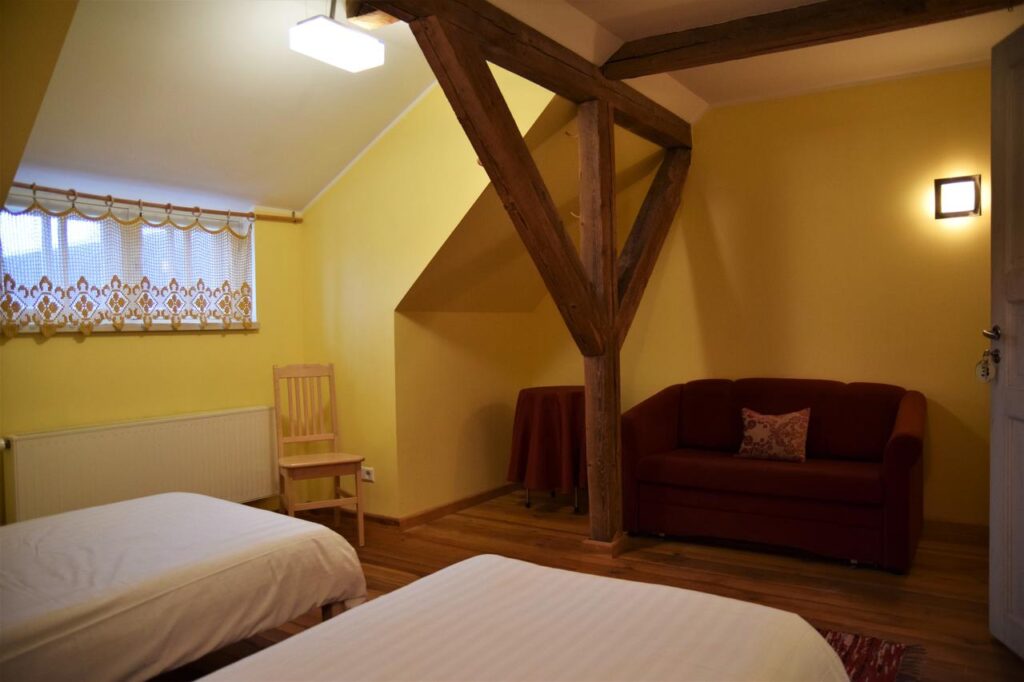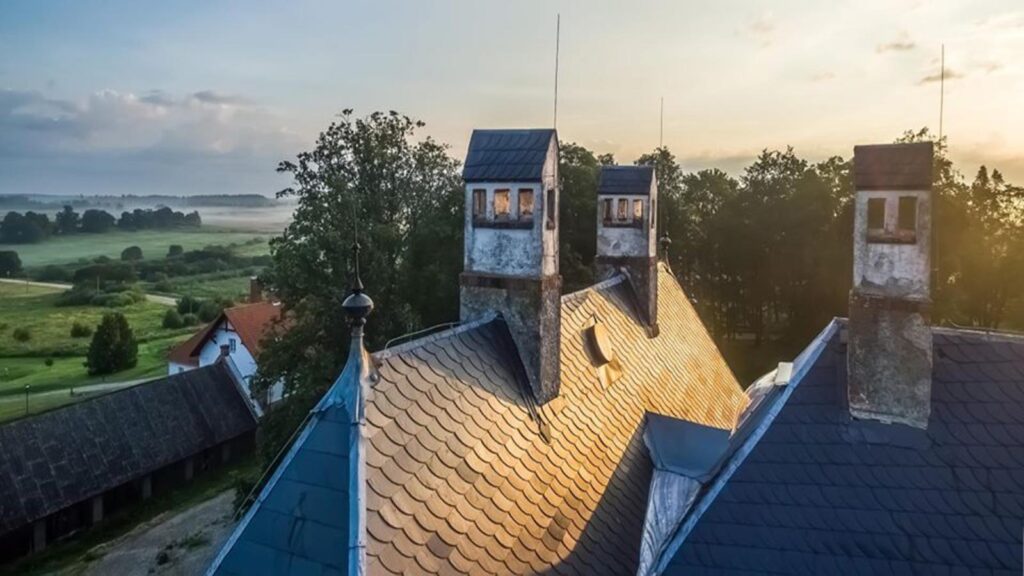The history of Mooste Manor (German: Moisekatz) dates back to the 16th century, when King Stefan Batory of Poland forested the manor area to Võnnu County Judge Wilhelm Sturtz. The manor passed through many owners. In 1810 it was acquired by the von Nolckens, who left the place for about a hundred years and thanks to whom we know Mooste manor in its modern form.
Major construction work began under the landlord Eduard von Nolcken on the southern slope of Lake Mooste at the beginning of the last century. The manor was started by the Nolckens, who owned as many as 15 manor estates in Livonia, in 1905, at a time when the manors were mostly burnt down. Income was provided by agriculture and alcohol production. The landlord had to have enough funds for the construction, because the construction work was carried out extensively and the whole large complex was built in just ten years. A total of 23 buildings were built, of which 20 are still mostly renovated and in use.
One of the newest manors
Under Eduard von Nolcken, Mooste manor became one of the most beautiful manor complexes in Southern Estonia. It is one of the newest manors in Estonia.
The two-storey main building of the manor was completed in 1909 according to the project of August Reinberg. The building has a slate roof and numerous awnings and cornices. The manor house with a high plinth floor is characterized by intricate and rich details. Window and door railings are made of clean brick. There is a beautiful collar in front of the entrance at the end.
However, what makes Mooste manor so unique and special is not the magnificent main building, but the spectacular complex of outbuildings. They are mostly made of ore and decorated with bricks. The spacious complex is surrounded by a beautiful stone wall with magnificent gates, in one corner of which is even crowned by a bell tower. The outbuildings here stand out with their magnificent decorations.
